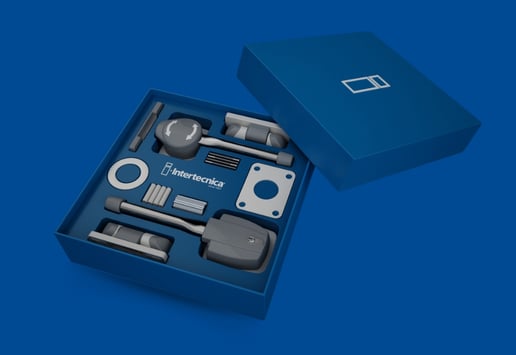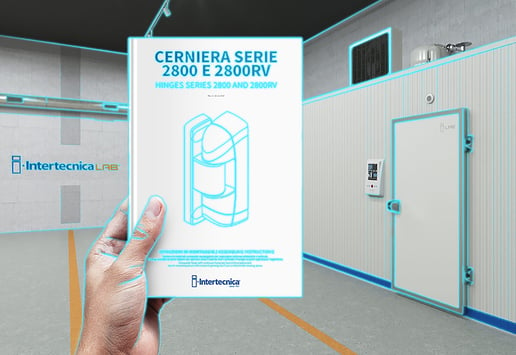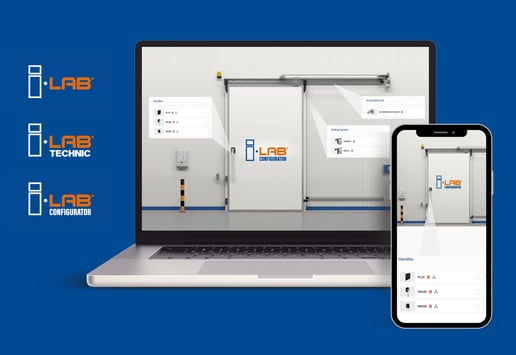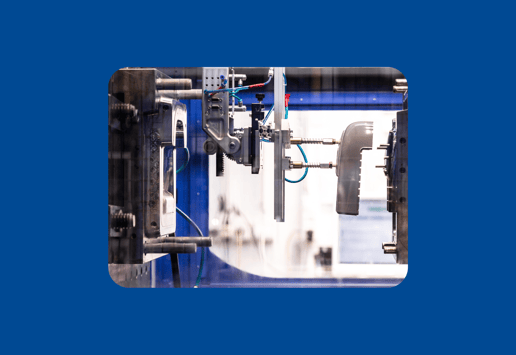When designing a cold room door, it is important to consider a number of different aspects that will lead you to the perfect solution for meeting the end customer’s needs.
The ideal door must work efficiently and be durable, ensuring optimal performance at all times and facilitating the work of the business in which it is installed.
At Intertecnica, we believe that there are 6 key things to consider when designing a cold room door that will help you make the right choices and achieve a high-performing solution.
- Access to the cold room: the cold room door must, first and foremost, be functional in terms of the way in which it will be used, which is why how the room is accessed is the first thing to consider during the design phase. In a relatively small cold room, where the staff deposit and collect products without using any special equipment, the door may have very different features to that of a cold room in which the operators have to use a trolley or a forklift. The size of the door must be suited to the goods that are to be stored and handled there to avoid any dispersion when it is opened. But the range of possibilities doesn’t stop here: in large, completely automated cold storage warehouses, the trolleys that move the goods enter and exit through automatic doors.
- Installation environment: another element to consider during the design phase is the structure of the building that contains the cold room. If, for example, the cold room is located in a narrow corridor, the door should take up as little space as possible. In addition, care should be taken to avoid corners, as these would make it difficult to pass or access the room. The type of flooring and the presence of steps should also be taken into account from the early stages of the design phase.
- Thickness: once the best type of door and its measurements have been determined, it is worth dwelling on a series of more technical aspects. The first is the thickness of the door, which basically boils down to two choices. The door can be of the same thickness as the cold room wall, to maintain the same level of insulation, or it can be thicker or thinner, depending on the internal layout and the availability of components and accessories.
- Motorisation: many doors, especially relatively large ones, cannot be moved manually, which is why the possibility of adding a motor should be considered at the start of the design phase. If this is considered necessary, it should be designed to suit the weight and size of the door.
- Materials and components: one of the main features of a cold room door is its ability to maintain a high performance level over time. Consequently, top quality components (gaskets, hinges, handles, pulleys, accessories, etc.) must be chosen during the design phase. The components of the door should be made of technical materials that guarantee strength and durability. To this end, Intertecnica offers components in technopolymers that need no maintenance and are tested to guarantee extremely high safety margins.
- Design: once all the structural aspects of the door have been defined, there is one last feature worth thinking about: its design, which is often linked to economic and functional factors. The choice between a flush, semi-rebated or overlapping door may be influenced by how the finished product looks, not to mention all the other important practical and production aspects. A flush door, for example, completely vanishes into the thickness of the wall, creating a very appealing visual effect and it is also easier to clean. All these aspects should be carefully assessed during the design phase so as to choose the optimal solution in terms of functionality, quality-price ratio and aesthetic appeal.





